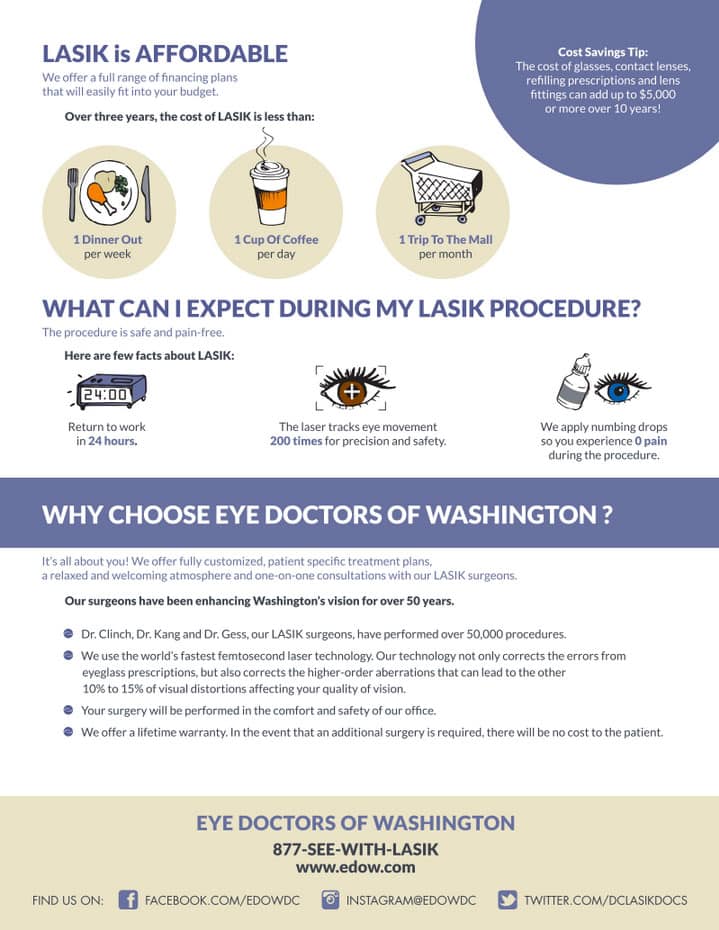When it pertains to dealing with completely dry eye, you may find yourself weighing the costs of in-clinic treatments against at-home solutions. In-clinic choices can be costly, rising to $1,200 a month, while home options usually come with little to no cost. Yet exactly how do you understand which is best for your situation? Comprehending the subtleties of each approach can help you make an educated decision. Allow's explore what these alternatives require.
Recognizing the Expenses of In-Clinic Treatments for Dry Eye
When you're thinking about in-clinic therapies for dry eye, it's important to recognize the prices involved. The rate can differ dramatically based on the treatment kind and your area.
Common choices like prescription eye goes down could cost you in between $50 and $150 per month. If you select punctal plugs, expect to pay around $200 to $500 for the treatment, plus any follow-up gos to.
Advanced therapies like LipiFlow can range from $600 to $1,200 per session. Don't fail to remember to examine if your insurance policy covers any one of these costs, as this can significantly affect what you end up paying.
Being informed concerning these expenses can aid you make a much better choice tailored to your budget plan and requirements.
Exploring At-Home Remedies and Their Affordability
Although in-clinic treatments can be expensive, checking out at-home treatments for completely dry eye usually gives an extra budget-friendly choice. A lot of these solutions are straightforward and can be conveniently integrated into your everyday routine.
As discover this info here , using a humidifier adds wetness to the air, which can help alleviate dry eye signs and symptoms without breaking the financial institution. Additionally, over the counter man-made tears are budget friendly and can provide quick alleviation.
Read the Full Guide could also consider cozy compresses, which you can make with a tidy cloth and cozy water-- an affordable and efficient alternative. Staying hydrated by consuming alcohol a lot of water is another cost-free means to sustain eye wellness.
Weighing the Advantages and Drawbacks of Each Option
While considering your choices for dry eye therapy, it's crucial to evaluate the advantages and disadvantages of both at-home remedies and in-clinic procedures.
At-home treatments, like synthetic splits and cozy compresses, offer ease and cost-effectiveness, however they mightn't give immediate alleviation for serious instances.
In contrast, in-clinic treatments-- such as punctal plugs or specialized treatments-- usually deliver quicker, a lot more efficient results, yet they can be a lot more expensive and might need multiple gos to.
Furthermore, in-clinic treatments might entail a much more complex process, which could be daunting for some.
Ultimately, your selection ought to depend on your signs' seriousness, your budget, and your convenience level with each method.
Evaluating these factors will aid you locate the best balance for your dry eye relief.
Final thought
When it involves dealing with dry eye, you have actually obtained alternatives. In-clinic therapies can be expensive yet may use more prompt alleviation for severe situations. On the other hand, at-home solutions are budget-friendly and can provide comfort without breaking the financial institution. Inevitably, your choice depends on your specific needs and intensity of signs and symptoms. Consider your circumstance very carefully, and do not hesitate to consult a professional if you're not sure which approach is best for you.
